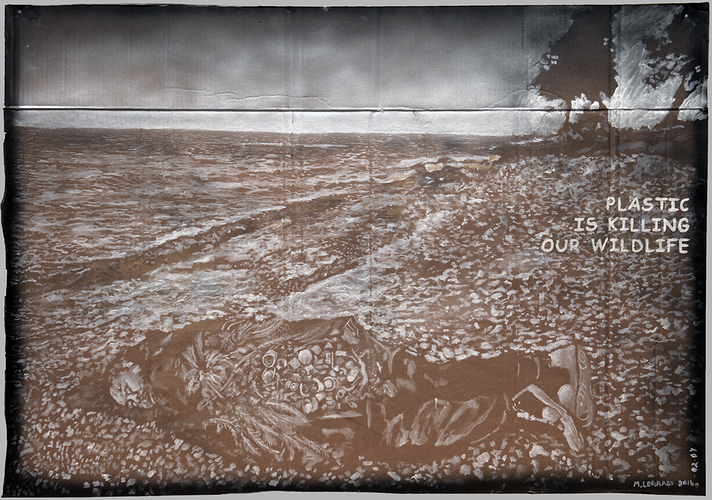As we reported last week, Ai Weiwei has been stationed on the Greek island of Lesbos photographing the waves of refugees arriving from Syria and posting his reportage on Instagram. At first, Ai’s images seemed documentary in nature–it seemed like the artist was simply using his wide-reaching social media platform to raise consciousness about the refugee crisis. The artist himself only infrequently showed up in these images, and when he did, it was to announce he made a new friend in a crisis volunteer.
And then yesterday, Washington Post broke the story that Ai posed for a photo op as Alan Kurdi, a Syrian refugee toddler who died in the Mediterranean and whose corpse was photographed after washing ashore near Bodrum, Turkey. (Rather than acknowledging the inherent gross opportunism in this photo, the Post refers to the photo as a “huge artistic tribute.”) The Chinese artist was being interviewed by India Today while the photo was taken, and apparently wanted use the photo op to show solidarity with the dead Kurdish refugee toddler. The photo is now being shown at the Indian Art Fair. The Washington Post reports:
That photograph of Ai captured by India Today magazine on the Greek island of Lesbos is now the toast of the India Art Fair at an exhibition called “The Artists” this weekend. The exhibition was mounted by news magazine here.
Ai and his team “actively helped in staging this photograph for us,” said Rohit Chawla, a photographer at India Today, who traveled to Lesbos, where Ai is currently working on an art project on refugees.
“I am sure it wasn’t very comfortable to lie down on the pebbles like that. But the soft evening light fell on his face when he lay down,” Chawla recalled.
Can you imagine the discomfort Ai Weiwei must have experienced while acting like a refugee?
We know that art and activism make strange bedfellows, but Ai’s brand of activism is uniquely commercial, and thus uniquely spurious–Ai is gaining both cultural capital and money from the refugee crisis. Rather than placing his work in the public square (why isn’t Instagram enough?), Ai turns time and again to the gallery, department store, or art fair. Further, while Ai’s work is a misguided act of solidarity, the artist fails to consider that by posing as Alan Kurdi, he effectively suggests that the image of a dead three-year-old isn’t sufficiently shocking to us, that we need instead an image of a middle-aged, wealthy and powerful man to confer the real tragedy of the refugees’ plight.
If we were to ascribe a set of ethics to art engaging activism, I would suggest number one: Do not accept capital gain from restaging images of dead refugee toddlers.
*Image of Ai Weiwei via Washington Post. Caption: Chinese artist Ai Weiwei imitating the lifeless body of Syrian toddler Alan Kurdi on the Greek Island of Lesbos. (Rohit Chawla for India Today)

